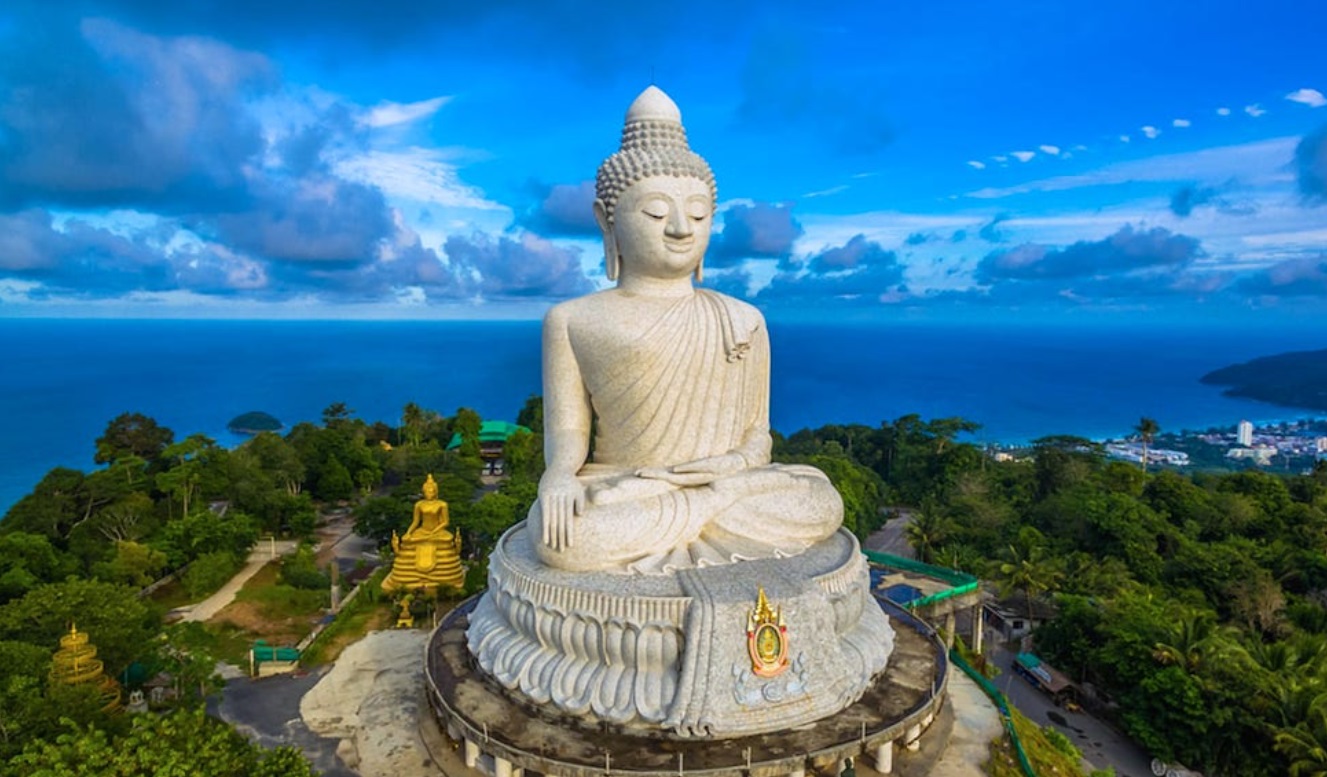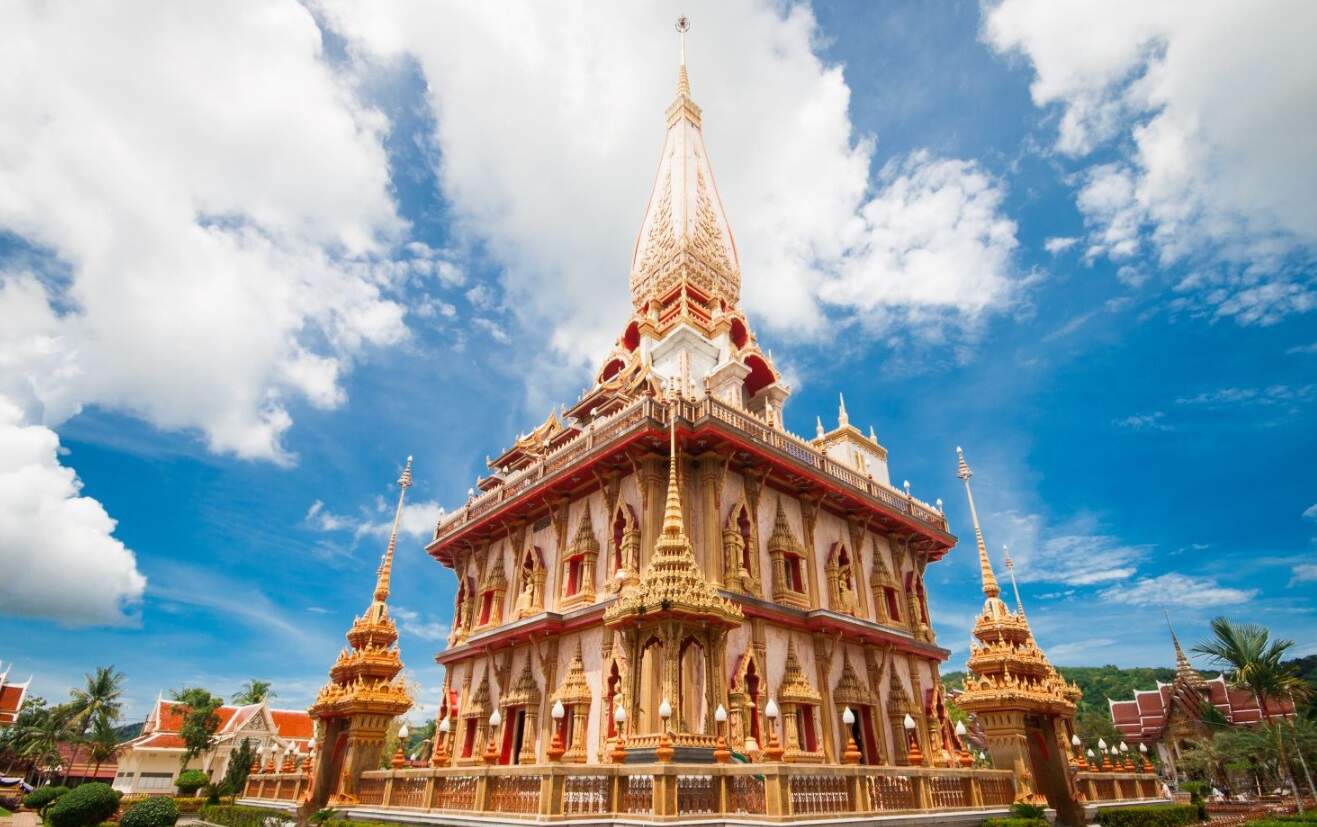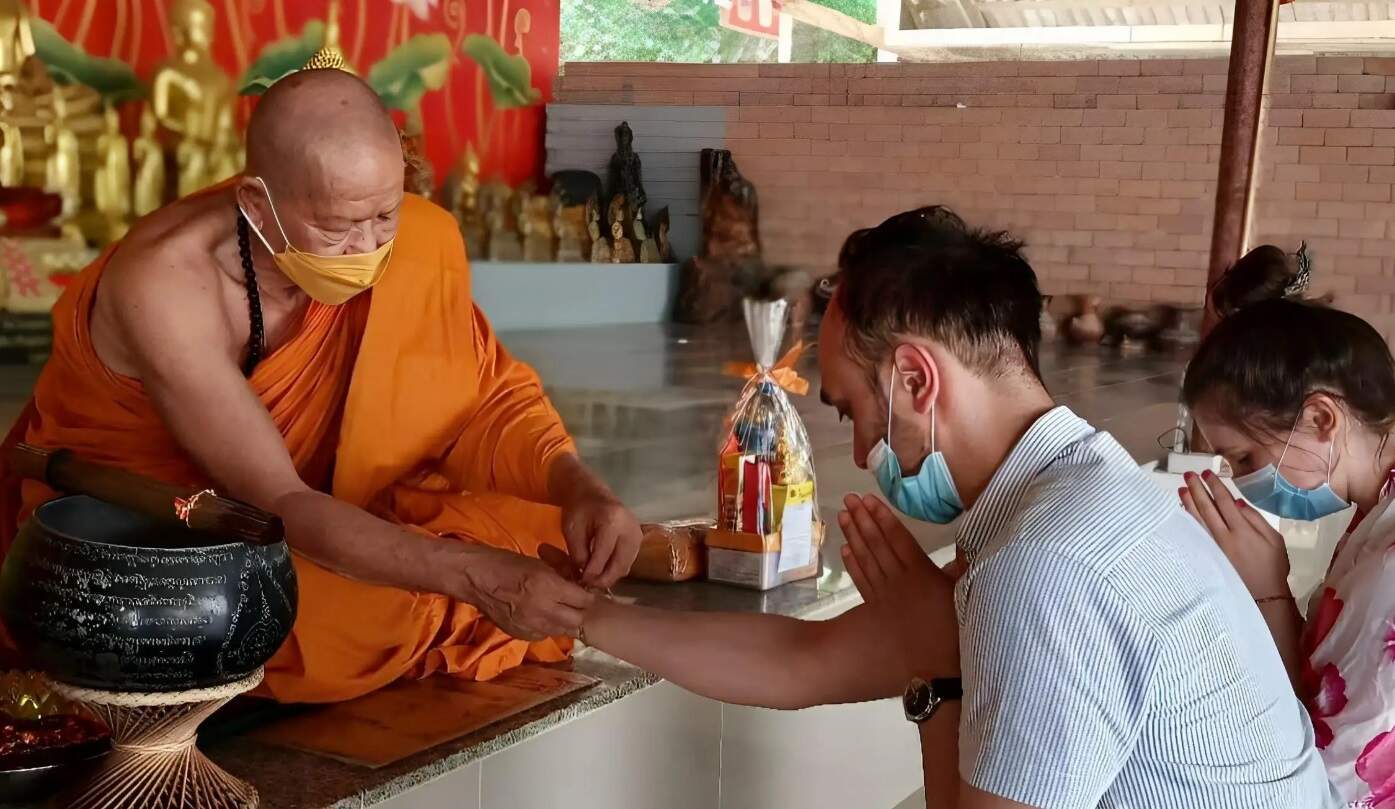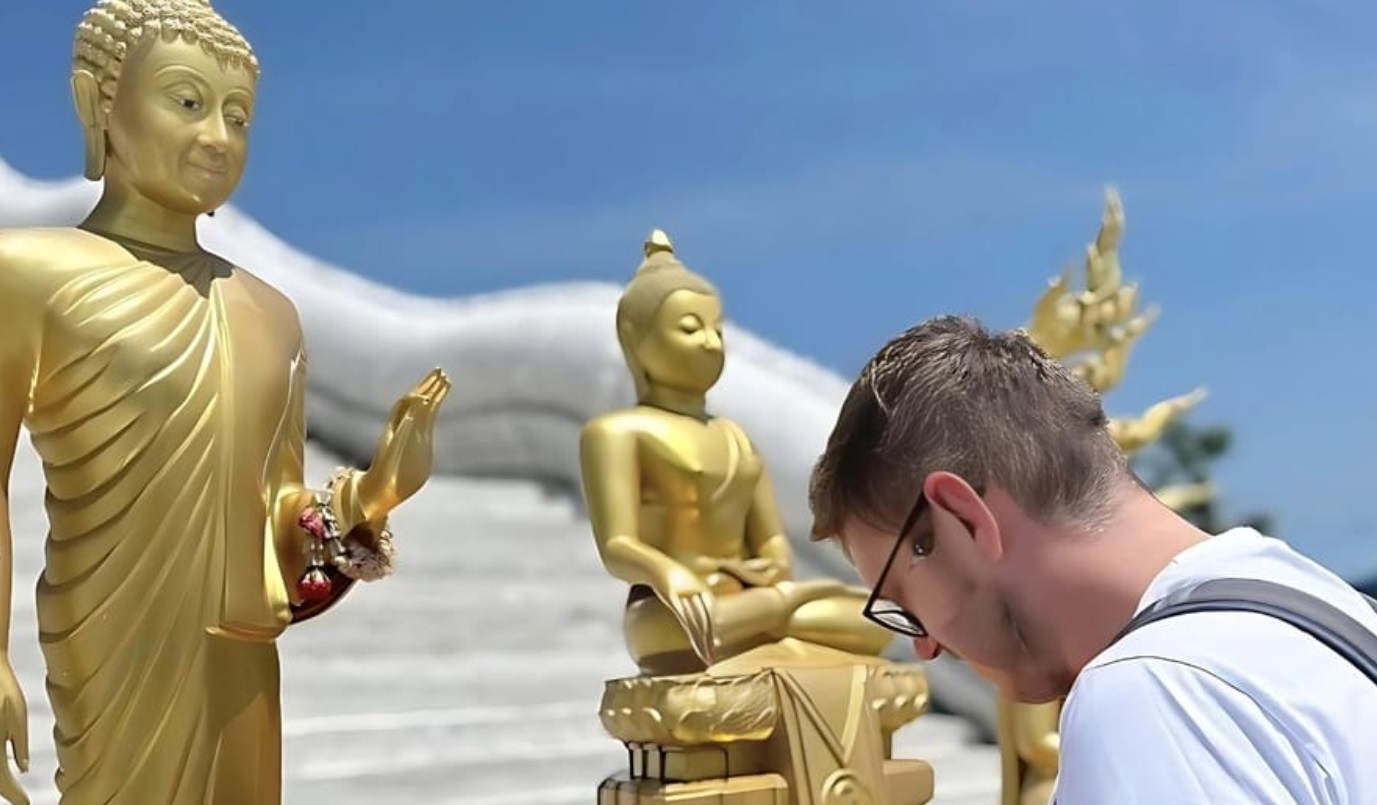Thailand has long captivated travelers not just with its natural beauty and vibrant street life but also with its deep-rooted spirituality. From tranquil fish-feeding rituals at Wat Plai Laem in Koh Samui to the enlightening “monk chats” in Chiang Mai, tourists across the country are discovering new ways to respectfully engage with Thai Buddhist culture. These immersive activities, often guided and culturally sensitive, offer a window into the spiritual heart of Thailand. In Phuket, this trend has taken the form of private temple tours, allowing visitors to experience traditional rituals, receive blessings, and even interact with monks in a serene and respectful setting.
An Intimate Way to Explore Phuket’s Sacred Spaces
Phuket, best known for its beaches and bustling markets, is also home to some of Southern Thailand’s most revered temples. A growing number of visitors are now seeking out more personal and spiritual experiences through private temple tours, which allow for a quiet, authentic connection to the local culture. These tours typically start early in the morning, when the temple grounds are quiet, and monks are beginning their daily routines.
Related article: Phuket’s Best Beaches
One of the most popular destinations for such experiences is Wat Chalong, Phuket’s largest and most important Buddhist temple and also one of the popular cultural attractions in the country. Known for its ornate architecture and peaceful atmosphere, Wat Chalong is accustomed to welcoming small private groups. Through advanced arrangements—often facilitated by villa staff or experienced local guides—visitors can partake in traditional activities, including receiving a private Buddhist blessing.
How to Arrange a Private Buddhist Blessing in Phuket
1. Choose the Right Temple

While Wat Chalong remains the top choice due to its accessibility and welcoming atmosphere, other temples such as Wat Khao Rang or Wat Phra Thong also offer meaningful settings for private visits. Each temple has its own character, and a knowledgeable guide can help match visitors with the best location for their interests.
2. Book a Local Guide in Advance
Private temple experiences are best arranged ahead of time. The villa concierge or local guest experience teams (GE) can assist in organizing a certified tour guide who understands temple protocols and can communicate clearly with the monks. Having a guide is crucial—not just for translation but also for ensuring that the entire visit adheres to proper Buddhist and cultural etiquette.
3. Visit Early in the Morning

Temple visits typically begin in the early hours, around 6:00–7:00 AM. This timing allows guests to witness the morning almsgiving ritual, where monks receive food offerings from the community. It’s a quiet, reverent time that gives visitors a chance to engage meaningfully in Thai Buddhist practices.
4. Participate in Culturally Appropriate Activities
Guests are invited to take part in various rituals, depending on the temple’s allowances. These often include:
Offering food to monks – Usually arranged by the guide to ensure compliance with Buddhist dietary rules.

Receiving a blessing – Monks offer a brief prayer and tie a white sacred thread around the wrist as a token of protection.
Fortune telling or spiritual consultations – Some temples offer ancient methods of prediction using numbered sticks or traditional astrology.
Brief guided tours of the temple grounds – Led by the local guide, guests can learn about temple history, architecture, and the life of the monks.
5. Respect Temple Etiquette
Respecting temple etiquette is essential when visiting Buddhist sites in Thailand, where cultural and spiritual traditions are deeply revered. Visitors should dress modestly, ensuring shoulders are covered and avoiding short skirts or shorts. Shoes must be removed before entering any temple building, and it is important to avoid touching monks—especially for women, as physical contact is considered inappropriate. Quiet behavior is expected; speaking softly and refraining from loud conversations or laughter helps maintain the temple’s peaceful atmosphere.
Additionally, visitors should never point their feet at Buddha images or monks, as this is considered disrespectful. Always seek permission before taking photographs inside the temple to show courtesy toward the sacred space.
6. Leave a Donation

While the blessing and visit may not have an official fee, leaving a donation is a respectful gesture. These contributions support the upkeep of the temple and the monastic community.
A Unique Glimpse into Thai Culture
Whether you’re staying in a coastal resort or one of the many Phuket luxury villas, incorporating a private temple tour into your itinerary offers a rewarding balance to the island’s leisure-focused attractions. These small-group experiences go beyond sightseeing—they offer heartfelt interactions with Thai traditions and Buddhist teachings. In contrast to large tour groups, private visits allow for quiet reflection, meaningful dialogue with monks, and a tailored experience guided by knowledgeable locals.
Related article: 5 Villas in Phuket You Want to Stay Before You Die
Private temple tours not only enhance a vacation with cultural depth, but they also reflect the broader Thai philosophy of kindness, mindfulness, and simplicity. Guests often leave not just with beautiful photos, but with a renewed sense of calm and spiritual awareness.
Plan Your Visit with Confidence
According to the Tourism Authority of Thailand, the country welcomed over 28 million international tourists in 2023, with increasing interest in cultural and wellness-focused travel experiences. As more travelers seek out deeper connections with their destinations, private temple visits in places like Phuket are becoming a sought-after highlight.
For travelers seeking a memorable and respectful encounter with Thai Buddhism, private temple tours in Phuket are a perfect choice. To ensure a seamless and enriching experience, it’s best to consult with your villa’s Guest Experience team before booking. With their help, you’ll be able to coordinate the ideal time, temple, and guide—allowing you to fully appreciate this sacred aspect of Thai culture.
–
Featured Image by Wat Sri Sunthon – airasia Play





